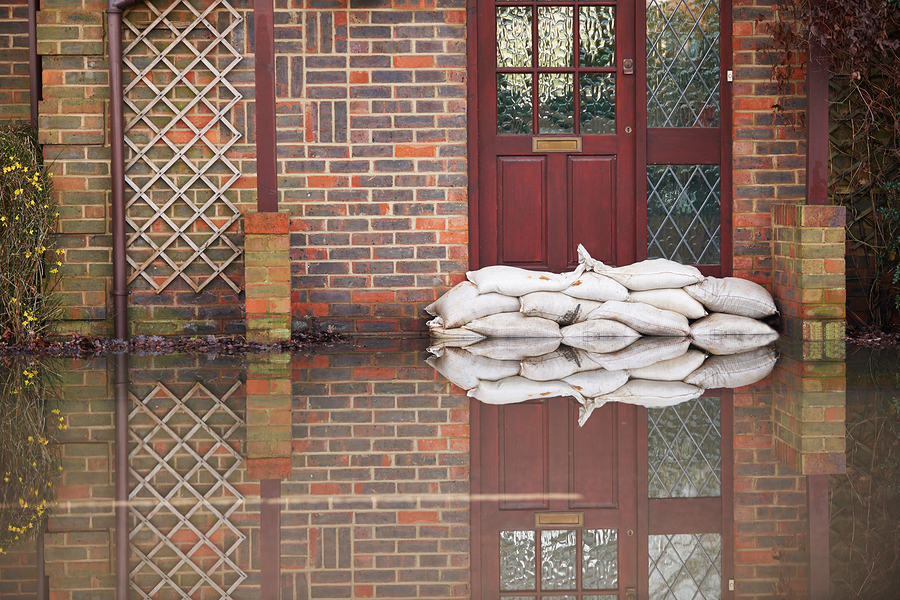Safeguard your home against flooding
Heavy rainfall can have disastrous consequences if you live near a river or body of water.
While we have no control over major storms, there are simple things you can do to help be prepared, protect and safeguard your home against flooding and minimise the damage if the worst does happen.
Sign up for alerts
The Environment Agency offers a service where you can register for a service called Floodline Warning Direct, which will alert you if your home or business is at risk of flooding.
Create a flood plan
Treat a flood as seriously as you would any other emergency like a fire and create a flood plan. Discuss what to do with your family and make sure everyone understands your plan of action. Find a place to stay with family or friends outside the flood zone if possible and inform them if you think there’s a risk you may need to leave your home.
Move important possessions to high ground
Take any electronics or other important possessions and put them on the second level or in the attic of your home where the water is less likely to rise. Keep copies of important documents and other personal mementos like photographs in a separate location, watersafe container or even better – digitally online.
Check your insurance
Make sure you have the proper buildings and contents insurance in place and ensure all your most precious valuables are fully covered.
Keep an emergency kit handy
Make sure a few emergency essentials are to hand if your area is at risk of flood. Torches, matches and candles are all useful, as well as a radio and spare batteries. Rope, a sharp knife and a first aid kit are also useful as well as some snacks like chocolate and granola bars in case you lose power and are stranded for several hours. Keep everything in a sealed plastic box where you can find them and make sure you have a pair of rubber boots, waterproof coat and warm clothing to hand as well.
Fit non-return valves
Adding non-return valves to your drains and pipes will make sure no flood water gets through your drains.
Store sandbags
Keep sandbags in your garden shed or garage ready to go in case of unexpected flooding. Use them to create barricades around entrances and other vulnerable points in your property like basement windows and cable entry points.
Protect what can’t be moved
You may not have the time or option of moving furniture off the ground floor. Large sealable bags and plastic covers can help keep water away from chairs and sofas and minimise the damage of other larger valuables at home.
Invest in flood barriers
If you live beside water or in an area at serious risk of flooding it could be worthwhile investing in flood barriers to provide some adaptable protection for your home. Many systems rely on pre-installed frames where you can simply slip board and barriers into place when you need them.





















